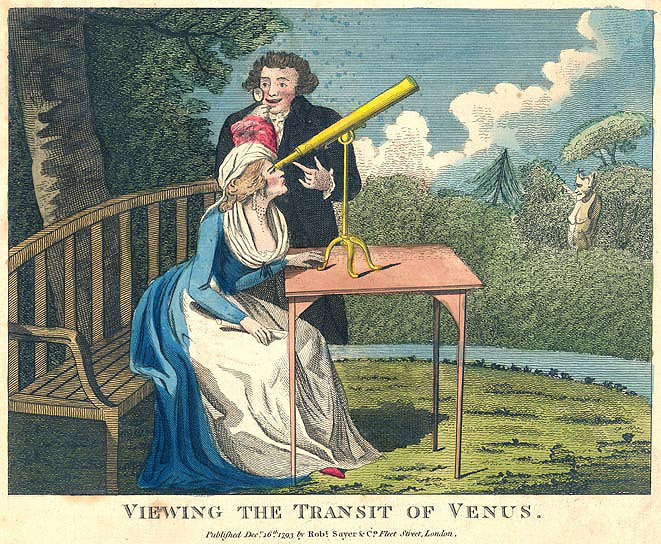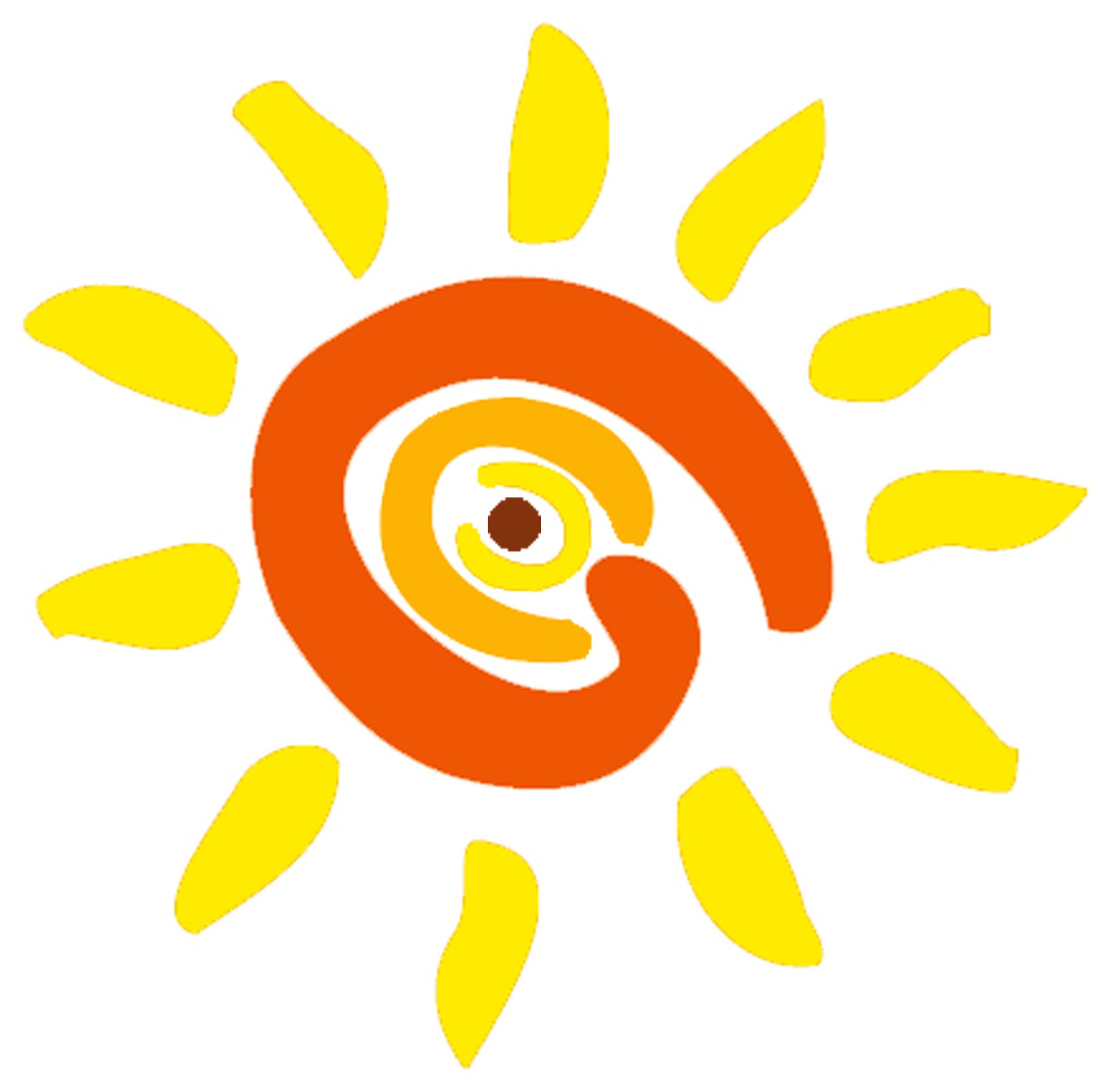A rough guide to the solar system
 This article is going to explore the Sun and its family, the one place where we know life thrives in the universe. Our Solar System was born in a turbulent cloud of dust and gas. About 4,570 million years ago, the ortating cloud collapsed, and dust and gas started to spiral inwards. The heart of the cloud became extremely hot as the gas compacted; eventually, it was so hot that the gas (hydrogen) started to burn. Our Sun was born.
This article is going to explore the Sun and its family, the one place where we know life thrives in the universe. Our Solar System was born in a turbulent cloud of dust and gas. About 4,570 million years ago, the ortating cloud collapsed, and dust and gas started to spiral inwards. The heart of the cloud became extremely hot as the gas compacted; eventually, it was so hot that the gas (hydrogen) started to burn. Our Sun was born.Leftover dust and gas formed clumps. Dust was dragged in towards the Sun, forming the rocky planets. Jupiter and Saturn accumulated gas left behind as dust fell inwards. Even farther out, Uranus and neptune built up from ice and the gas left over from Jupiter and Saturn.
Earth: When it first formed, nothing could have lived on Earth's surface, kept molten by collisions of asteroids and coments.
Over the past 4.5 billion years, it's gradually cooled. But it isn't totally cold- volcanoes and earthquakes are signs that Earth is an active planet. This activity is powered by the metallic core. The inner core is solid, but the outer core molten. Above are layers of hot, mobile rock - the mantle.
The skin of the Earth, or its crust, is a series of plates that fit together like a jigsaw puzzle. They're in constant motion, floating on the partially molten rocky mantle. Plates rub against each other, collide, move apart or on top of each other. This leads to earthquakes and volcanic eruptions.
Our pale blue planet has an atmosphere that acts as a safety blanket. It provides us with the oxygen we need to breathe. It also protects us from the worst of the Sun's ultraviolet rays and cosmic radiation, while trapping heat.
Earth also has a magnetic field, generated by currents in its mobile inner layers. The Earth has a 'top' and a 'bottom', a north and a south pole. As well as helping homing pigeons, bees and colonies of bacteria to point in the right direction, this field has helped life to thrive because it deflects charged particles, from cosmic rays to the solar wind.
 Moon: One of the other unusual things about Earth is its enormous satellite. The Moon always seems to have the same side turned towards us because the time it takes to rotate on its axis is the same as the time it takes to orbit the Earth. The Moon formed in a giant impact between the newly made Earth and anothe rproto planet about the size of Mars.
Moon: One of the other unusual things about Earth is its enormous satellite. The Moon always seems to have the same side turned towards us because the time it takes to rotate on its axis is the same as the time it takes to orbit the Earth. The Moon formed in a giant impact between the newly made Earth and anothe rproto planet about the size of Mars. |
| http://sunearthday.nasa.gov/2012/articles/ttt_73.php |
Mercury: The closest planet to the Sun. The say side of this heavily cratered planet is baked and cracked by the heat of the Sun, with temperatures up to 450C. The night side is bitterly cold, temperatures down to -180C. It has no atmosphere, so its surface is scorched by ultraviolet.
Mars: This cold, rocky planet has ltitle atmosphere. But its more distant location from the Sun encures that its surface temperatures rarely rises above 0C. Mars is distinguished by its huge volcanoes, a massive rift valley and channels carved by water or ice. The red dust on its surface is scoured from the surface rocks, and has been oxidised by the Sun's rays.
Asteroid Belt: Now we navigate through this belt of rocky debris. The asteroids look like clumps of the dust left over from the birth of the Solar System that n4ever got built into a planet. And that is what they are. As the asteroids tried to clump together, the gravitational pull from Jupiter would drag them apart - so a full planet was never built. Asteroids are odd shapes and covered in craters, testament to a long history of collisions.
Occasionally, one breaks free from the belt, and is catapulted towards the Sun. If it lands on Earth it is a meteorite.

Beyond the Asteroid Velt, we encounter the gas giants, Jupiter and Saturn.
 Jupiter: The biggest planet in the Solar System is made of gas (hydrogen and helium), with a small rocky core, and it is orbited by rocky and icy satellites, 60 of them at the last count. Jupiter is a failed star - it is just below the size that would have allowed it to shine like the Sun. Its diameter is 11 times as wide as Earth, and it weighs 320 times as much. If all the mass of Jupiter were squeezed into a planet the size of Earth, then a tin of beans would weigh 320 times as much as it does on Earth.
Jupiter: The biggest planet in the Solar System is made of gas (hydrogen and helium), with a small rocky core, and it is orbited by rocky and icy satellites, 60 of them at the last count. Jupiter is a failed star - it is just below the size that would have allowed it to shine like the Sun. Its diameter is 11 times as wide as Earth, and it weighs 320 times as much. If all the mass of Jupiter were squeezed into a planet the size of Earth, then a tin of beans would weigh 320 times as much as it does on Earth.Thanks to the vast gravitational tug, Jupiter acts as a cosmic vacuum cleaner, hoovering up comets and asteroids if they pass too close. This shields the Earth from many potential hazards. The horizontal stripes around its surface are belts of clouds, moved by winds blowing at up to 400kph. One obvious feature is the Great Red Spot - a vigorous storm that has been raging for at least a century. The spot is about as wide as the Earth.
Saturn: Like Jupiter, Saturn is made of gas with a rocky core, and has many satellites (at least 30). Saturn's special feature is its rings - millions and millions of fragments of ice and rock, probably formed as the result of collisions between asteroids early in Solar System history.
Uranus & Neptune: Although they are still about 50% gas, most of the rest is ice - not just water ice, but methane, carbon dioxide and ammonia. Like Jupiter and Saturn, Uranus and Neptune are enormous planets surrounded by rocky and icy satellites. Strong winds blow on the planets - Neptune has a great white spot called the Scooter that circumnavigates the planet every 16 hours.
Why do the giant planets have so many satellites between them? It is partly because as they formed from gas, dust and ice, they produced their own spinning dust disc, each planet acting as a mini Solar System, and partly because their huge gravitational pulls attracted and captured wandering asteroids and comets.
 Pluto: Because of its small size and low density, some astronomers view the planet Pluto (2330 kilometers in diameter and just 1/6th our Moon's mass; on the left in the image above) as just a large comet. In addition to its size and density, the orbital characteristics of Pluto and its moon, Charon (1200 kilometers in diameter; on the right in the image above) around the Sun clearly show that they are members of the Kuiper Belt. (from: http://www.astronomynotes.com/solfluf/s8.htm)
Pluto: Because of its small size and low density, some astronomers view the planet Pluto (2330 kilometers in diameter and just 1/6th our Moon's mass; on the left in the image above) as just a large comet. In addition to its size and density, the orbital characteristics of Pluto and its moon, Charon (1200 kilometers in diameter; on the right in the image above) around the Sun clearly show that they are members of the Kuiper Belt. (from: http://www.astronomynotes.com/solfluf/s8.htm)Having journeyed to the fringes of the Solar System, here's the largest object within it.
The Sun: This is the powerhouse that runs the Solar System, giving out 400 billion billion billion watts of power - equivalent to 4 billion billion billion light bulbs.
 Although the star seems to shine steadily, the solar surface is actually a boiling, heaving mass, throwing out massive jets of charged particles and gas.
Although the star seems to shine steadily, the solar surface is actually a boiling, heaving mass, throwing out massive jets of charged particles and gas.The Sun as been burning hydrogen into helium for 4,567 million years - and it has enough fuel left to keep going for about the same time again. We need not worry about running out of solar energy.

From a talk by Dr Grady, of the Natural History Museum, London.

No comments:
Post a Comment